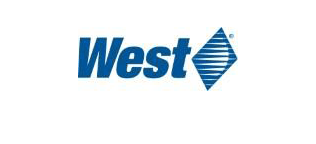Managing Residual Moisture In Lyophilized Drugs
Parenteral drugs that are moisture sensitive are produced in a lyophilized state to protect against product degradation caused by moisture. As a result, when considering the stability and shelf life of lyophilized drugs, the residual drug moisture content is critical. It is also a crucial component in the dossier submitted for regulatory filing, which begs the question: How shall the moisture level in the lyophilized drug product cake be maintained during the drug product’s shelf life?
![]()
Generally, there are three potential sources where moisture can be introduced into a lyophilized drug cake during its shelf life: (1) through the stopper-vial interface, (2) residual moisture from the elastomeric stopper and (3) moisture permeation through the stopper. Based on this analysis, the following aspects should be considered to reduce the residual moisture in the lyophilized drugs.
Container Closure Integrity (CCI)
Moisture in the environment can ingress into a vial through the stopper-vial interface. The glass vial, stopper and aluminum crimp seal should meet strict compositional and dimensional specification with the absence of critical defects to prevent moisture from getting into the lyophilized cake through these leaks.
Leaks can be detected using a variety of CCI test methods, including dye ingress, vacuum decay and helium leak test.
Residual Moisture In Stoppers
Due to the potential for transfer of moisture from the stopper to the product during storage, stopper moisture content can have a significant impact on the stability of lyophilized drug products. It is necessary to choose a stopper formulation with low moisture retention that is easy to dry.
Steam sterilization is a typical method used in the pharmaceutical industry. During this process, the elastomeric closures will absorb the most moisture. Sufficient drying after sterilization is necessary for reducing the residual moisture content in the stopper. West recommends a minimum of 4 hours drying at 105 ℃ on the stoppers after sterilization.
Moisture Vapor Transmission Rate (MVTR)
Moisture vapor transmission rate is a measure of the tendency of an elastomeric formula to allow permeation of moisture. The moisture will migrate from the environment through the stopper and consequently to the lyophilized product cake over time, which is dependent on the MVTR of the stopper formulation. The MVTR should be low throughout the shelf-life of the product. Examples include West’s modern formulations: 4023/50 Gray and 4432/50 Gray, which have low MVTR of 0.1 g/m2·day (tested using a 0.035” thick test plate).
For more information, please contact your Technical Customer Support representative.









